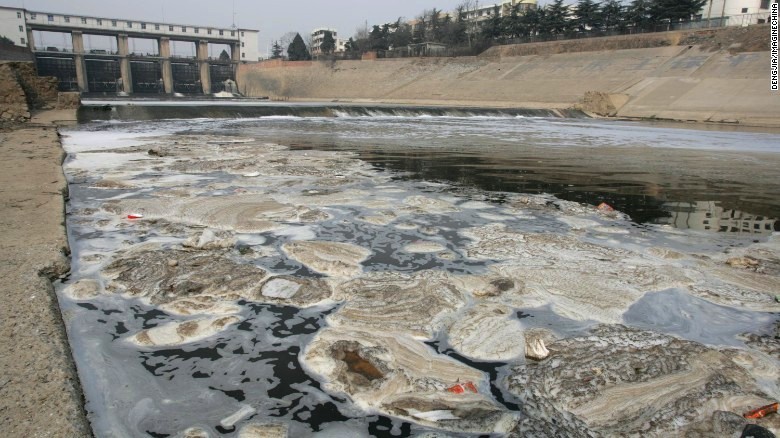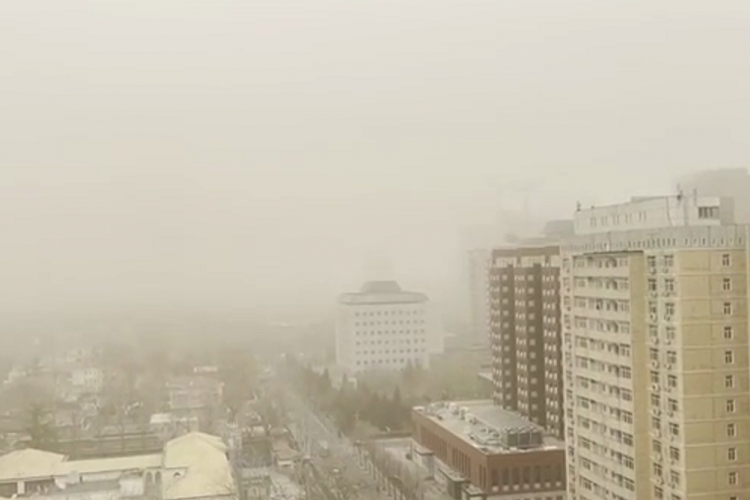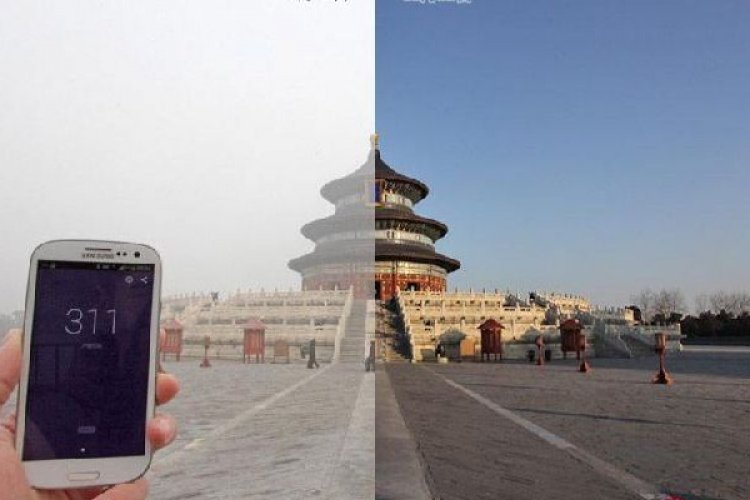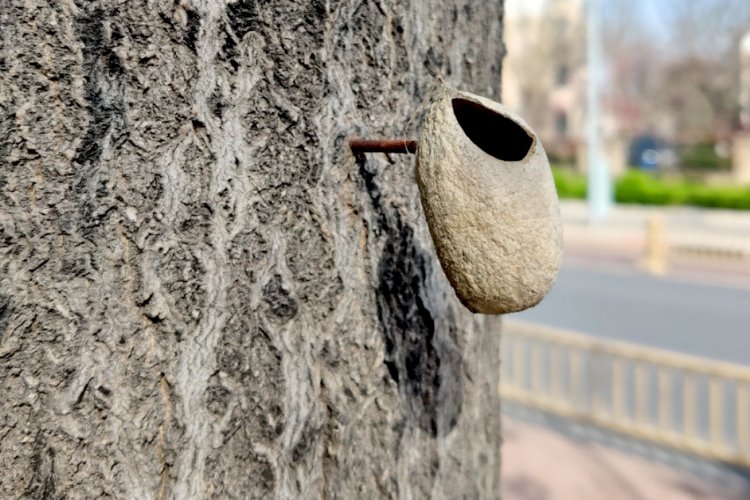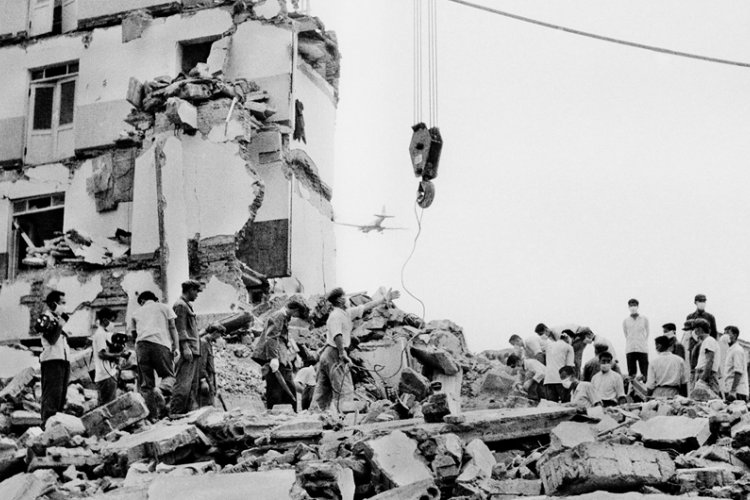Gan Bei Forever? Beijing's Catastrophic Water Shortage Nothing to Celebrate
How bad is the smog these days, really? Who is keeping tabs on the state of our drinking water? What has the government done about carbon emissions lately? In Beicology, we turn our focus toward environmental news in the capital.
The next time you turn on your tap or take a shower, Ma Jun hopes you don't take it for granted.
According to the renowned Beijing environmentalist – who is frequently quoted by a who's who of news outlets like CNN the BBC and Time magazine (see here and here) – Beijingers are facing a catastrophic water shortage, due to a confluence of factors including the region’s arid climate and high population. Yet most city dwellers are quite unaware of the problem, as well as the fact that most of their water is only available thanks to the controversial and cutting-edge South-North Water Transfer Project, which diverts massive amounts of water up north from the distant Yangtze River.
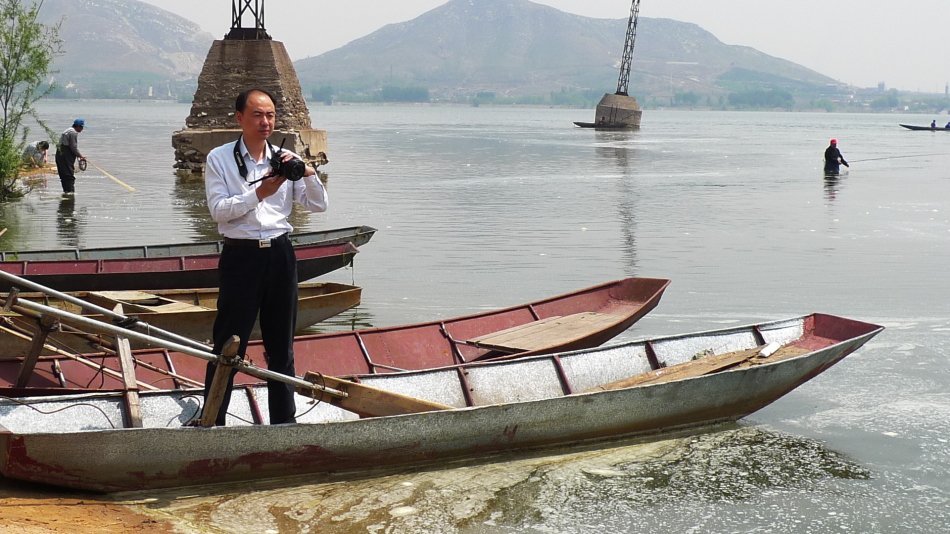
During a recent interview, Ma told us more about the capital’s water shortage and the complications that have arisen from the Yangtze project. Here are some excerpts from the conversation:
Beijing is among the most water-stressed cities in the world, and the per capita availability dropped to a dangerously low level recently. This water diversion project has the capacity to bring 800-900 million tonnes of water to Beijing from a tributary of the Yangtze.
At this moment seven out of every ten cups of drinking water in Beijing comes from this diversion project. It’s a lifeline for the city.
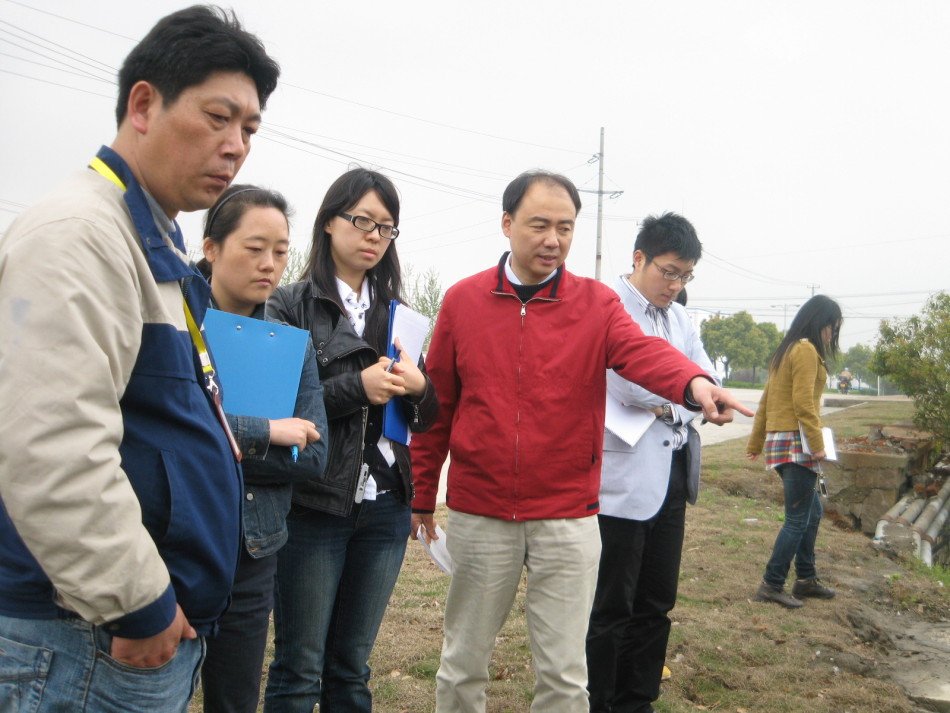
It’s not just about Beijing – this diversion project also brings water to cities in northern Henan, Hebei, and Tianjin. And the water quality remains high, which is all very helpful.
But we need to recognize how this has impacted the environment. The Miyun Reservoir in northeast Beijing now needs to be expanded to accommodate this diverted water. This is causing 330,000 residents in this suburban area to relocate.
What’s more: the water taken from the Yangtze is affecting downstream cities because a series of dams have been built to hold more water.
So I think it’s important for a city like Beijing to truly value this water and to understand the cost of this diversion. Not just the economic cost, but also the human and ecological cost. That means we need to cherish the water and try to conserve it.
Unfortunately more needs to be done in that regard. When people open the taps in this city, they don’t think about what was required to bring them that water. I hope we can change that. Studies have shown that Beijing’s residential per capital water use is actually higher than in many European cities.

Then there’s the issue of landscaping in Beijing. We still see quite a few water-guzzling, non-local species of plants frequently used for aesthetic purposes in Beijing. Landscaping needs to be more water efficient in Beijing. And we should be using treated recycled water for these purposes, instead of wasting fresh water on it.
Many hotels, restaurants, schools, and hospitals still have hugely intensive water usage. We should not try to extend our water intake further.
It’s high time for us to turn to conservation. Hopefully, this new water diversion project will be a way to buy us time to switch to a conservation-based society. Because the diverted water won’t be enough to save us.
READ: How Beijing Broke Ground on Combating China's Soil Pollution Problem
More stories by this author here.
Email: kylemullin@truerun.com
Twitter: @MulKyle
Instagram: mullin.kyle
Photos: Xinhua, CNN, China.org.cn

